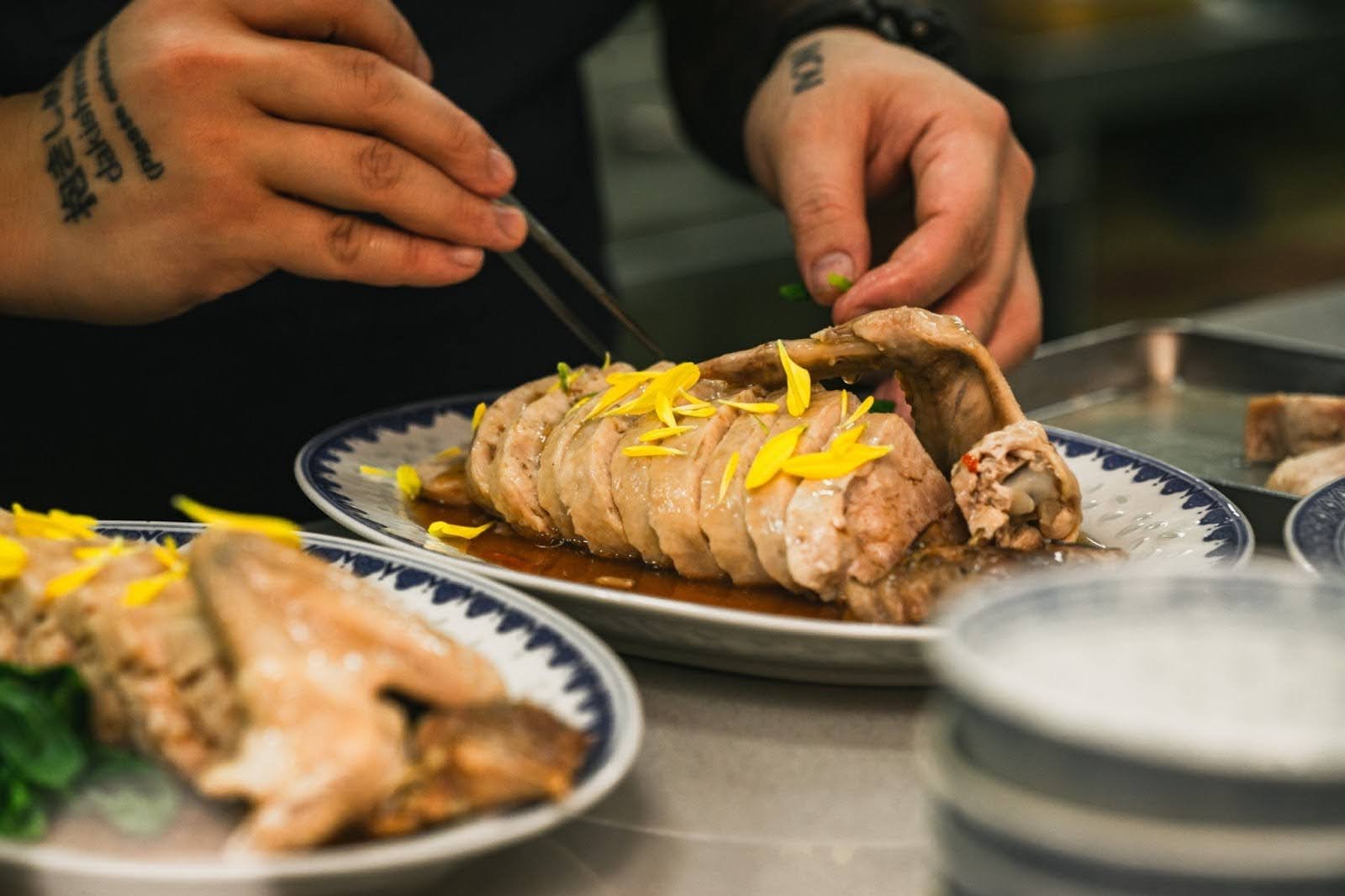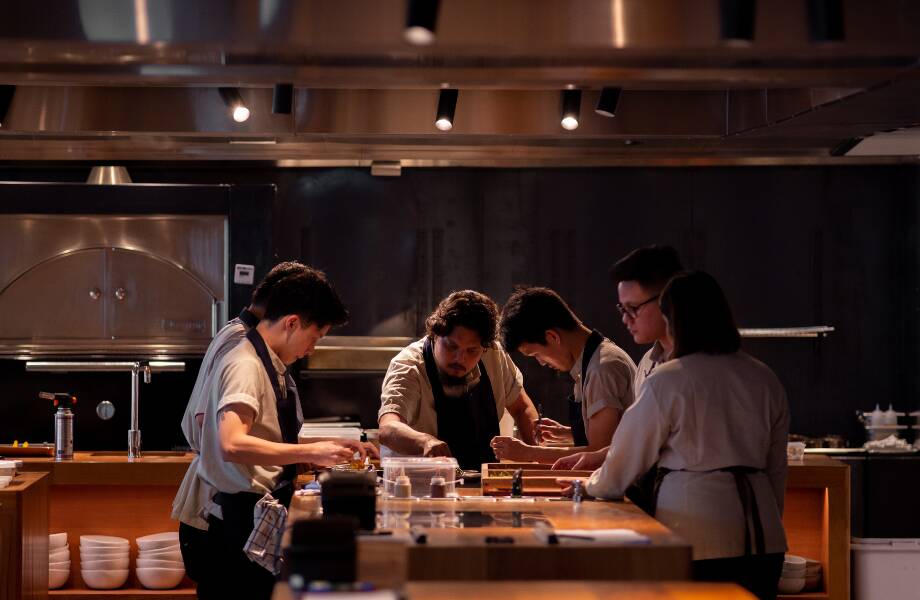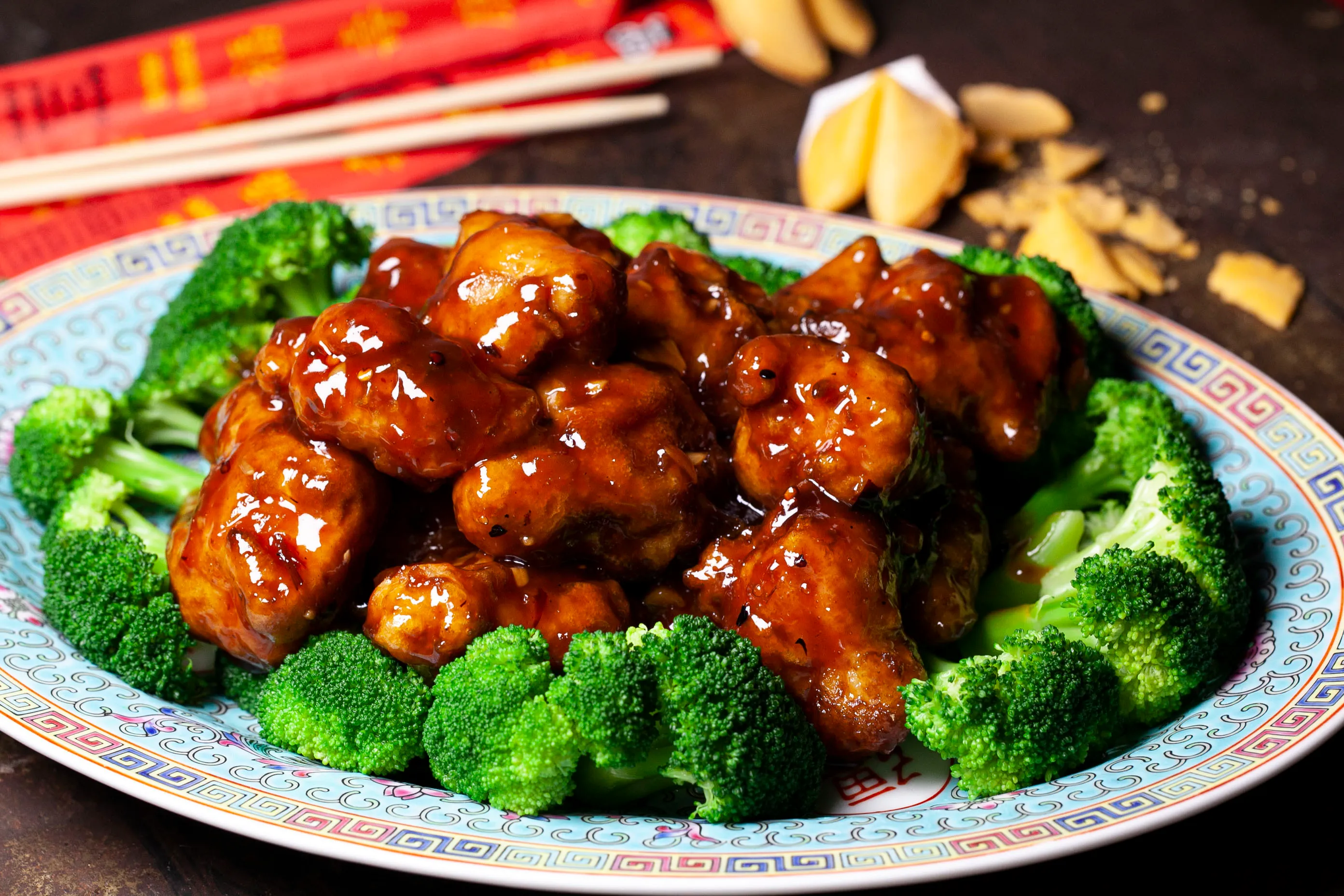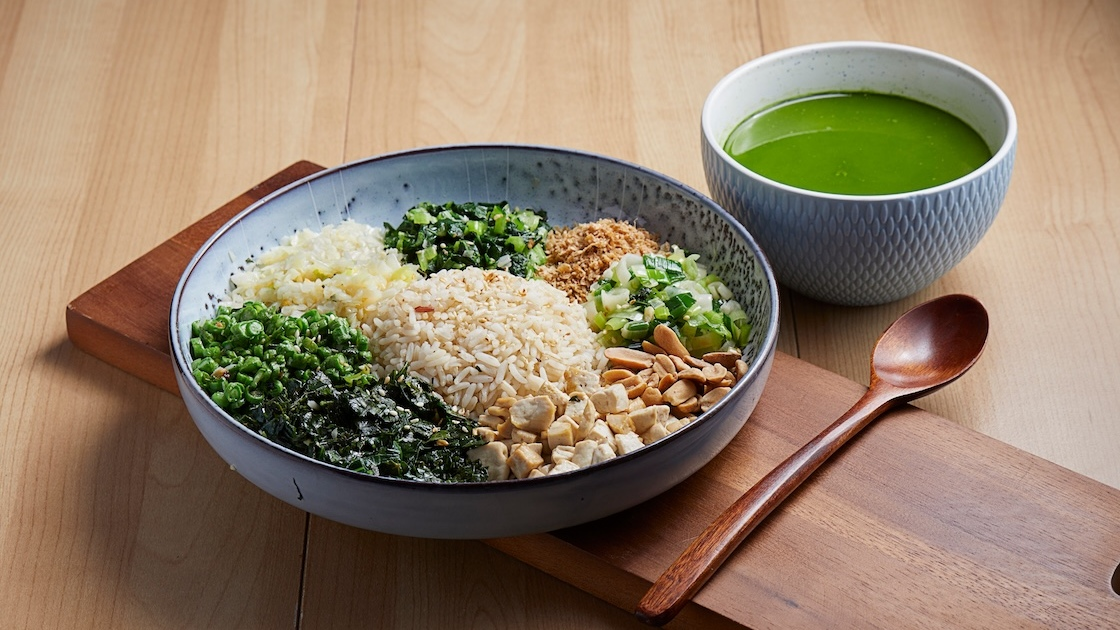In a quiet corner of Petaling Jaya (a major suburb outside of KL known for its vibrant F&B scene), tucked at the corner along hardware stores and a morning market, sits Fifty Tales. The exterior is modest, save for a commanding sign where the name of the restaurant sits. Walk through its doors, and you’re greeted by the sight of an open kitchen, the sounds of clattering tableware that only Chinese restaurants can conjure, and the quiet focus of a team of young chefs preparing everything from dry-aged local fish and homemade noodles to broths that take days to perfect.
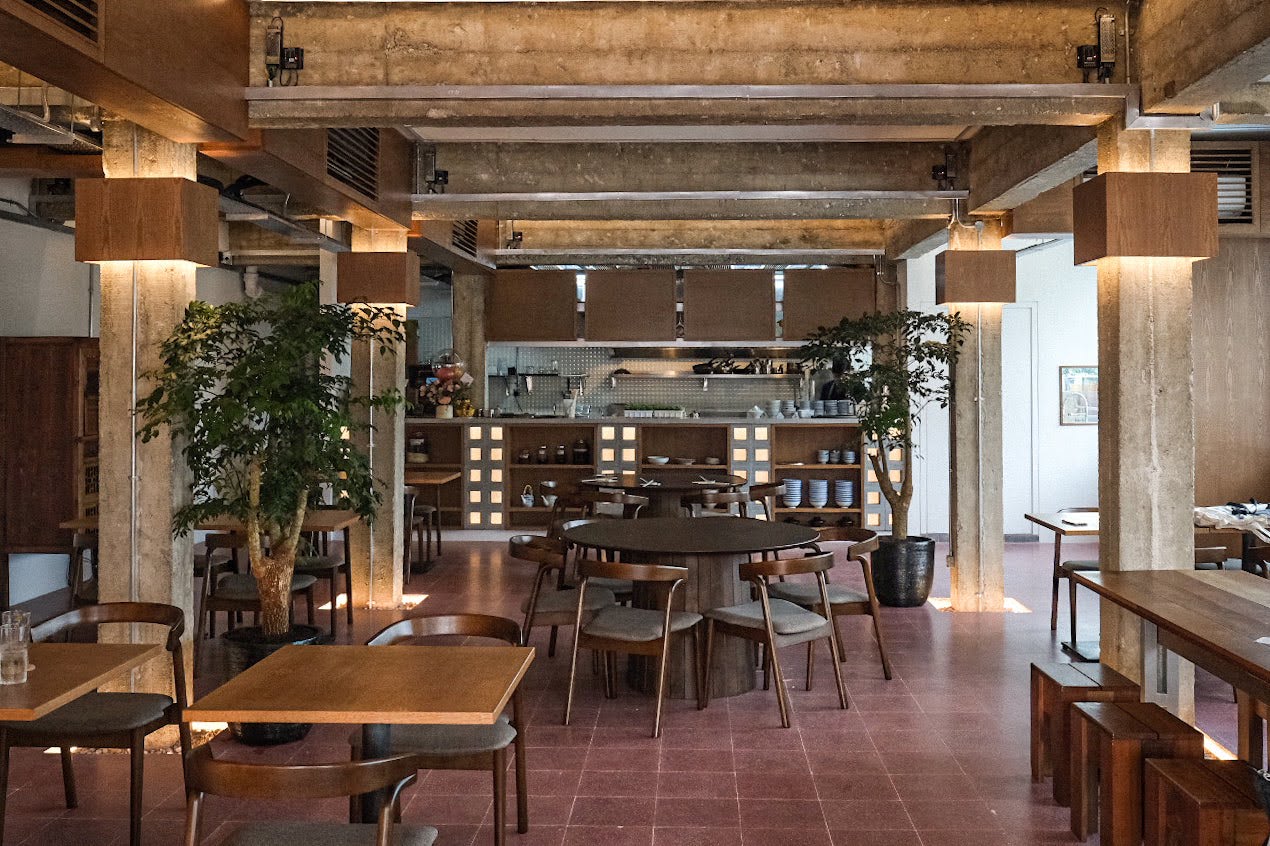
At first glance, the menu reads familiar. You’ve got prawns, fish, poultry, soups, and vegetables — the usual suspects. But every dish is layered with unique detail, if you read the fine print. Tiger prawns are cooked with Hakka rice wine and chive oil. The roasted chicken is corn-fed and served with aged chili and spring onion pesto. A steamed golden pomfret with coriander and salted calamansi, sourced locally and handled with near-surgical precision, becomes a centerpiece—both visually striking and deeply rooted in tradition.
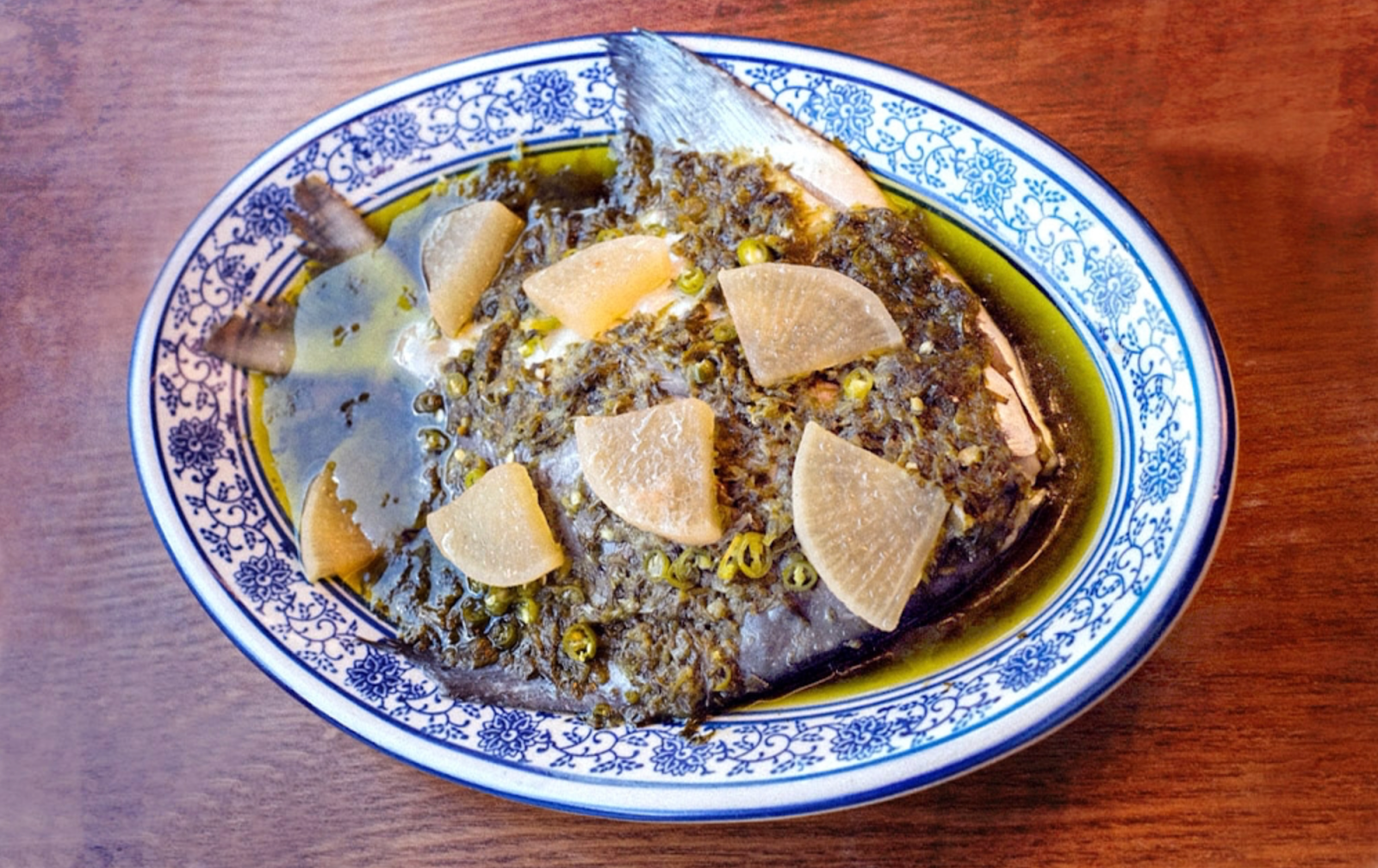
This is Malaysian Chinese food reframed through contemporary technique and a careful eye for balance. It’s the work of a young generation not trying to escape tradition, but to understand and evolve it.
A Quiet Culinary Shift
Across Malaysia, Chinese cuisine is undergoing a bit of change — not through sweeping rebrands or flashy reinventions, but through thoughtful reinterpretation. Compared to the visible revival of kopitiams and retro cafés, this shift is subtler, unfolding quietly in spaces like Fifty Tales, where the emphasis is on paying homage to tradition while adopting a modern palate.
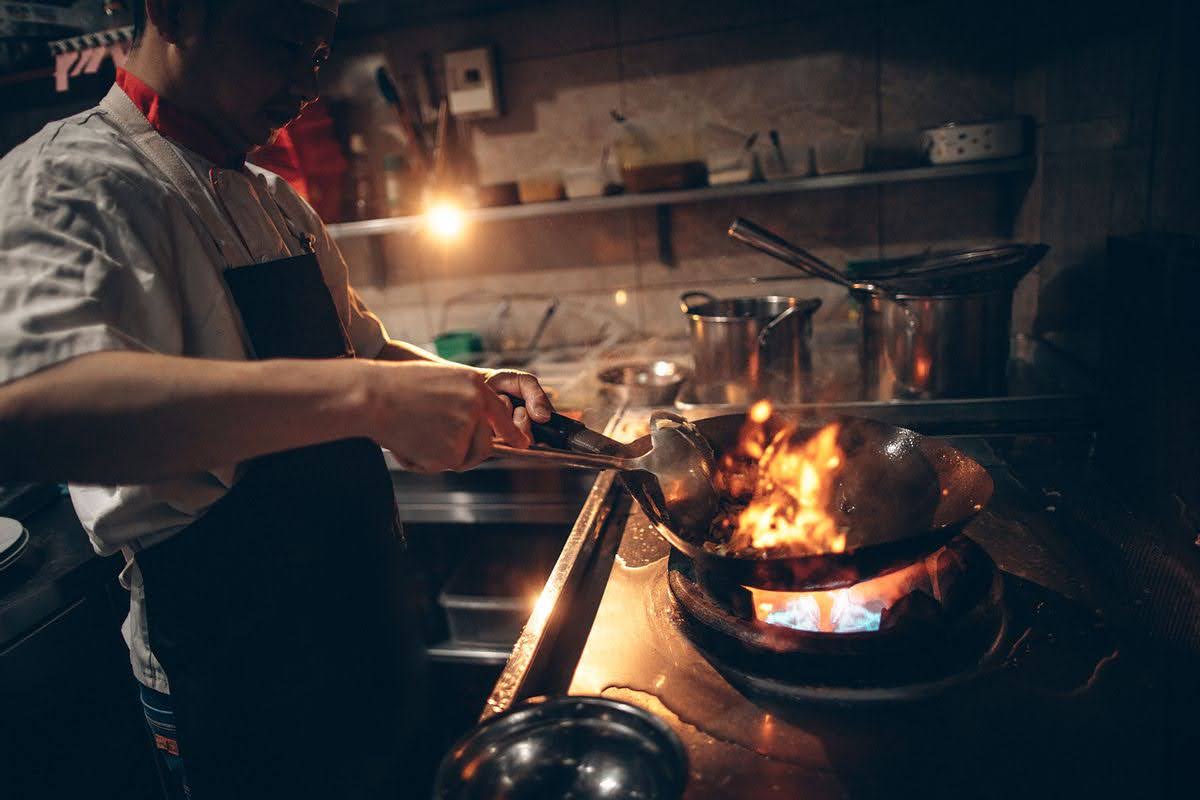
While Malaysian Chinese cuisine has long been a fixture of everyday life, it hasn’t always been afforded the same space for experimentation as Western or Japanese fare. That’s beginning to change. More chefs are engaging with heritage dishes on a deeper level — studying fermentation, aging techniques, local sourcing, and finding new ways to elevate what was once considered purely utilitarian food.
Many restaurants are part of this broader movement, but what’s notable about Fifty Tales is how deliberately it grounds itself. It doesn’t borrow from Western fine dining aesthetics to make a point or adapt to the growing but overstated “small plates” trend. It instead reinterprets the familiar with youthful flair and experience.
Younger Hands, Deeper Intentions
The team behind Fifty Tales exemplifies a new wave of Malaysian chefs who are technically curious, culturally grounded, and unafraid to question norms. At the helm is head chef Aaron Khor, who trained at two-MICHELIN-starred Dewakan and brings a range of influences to the table. But the Fifty Tales team is not interested in novelty for its own sake. The guiding principle is clarity: How can each dish better express the ingredients, the tradition, and the personal memories behind it?
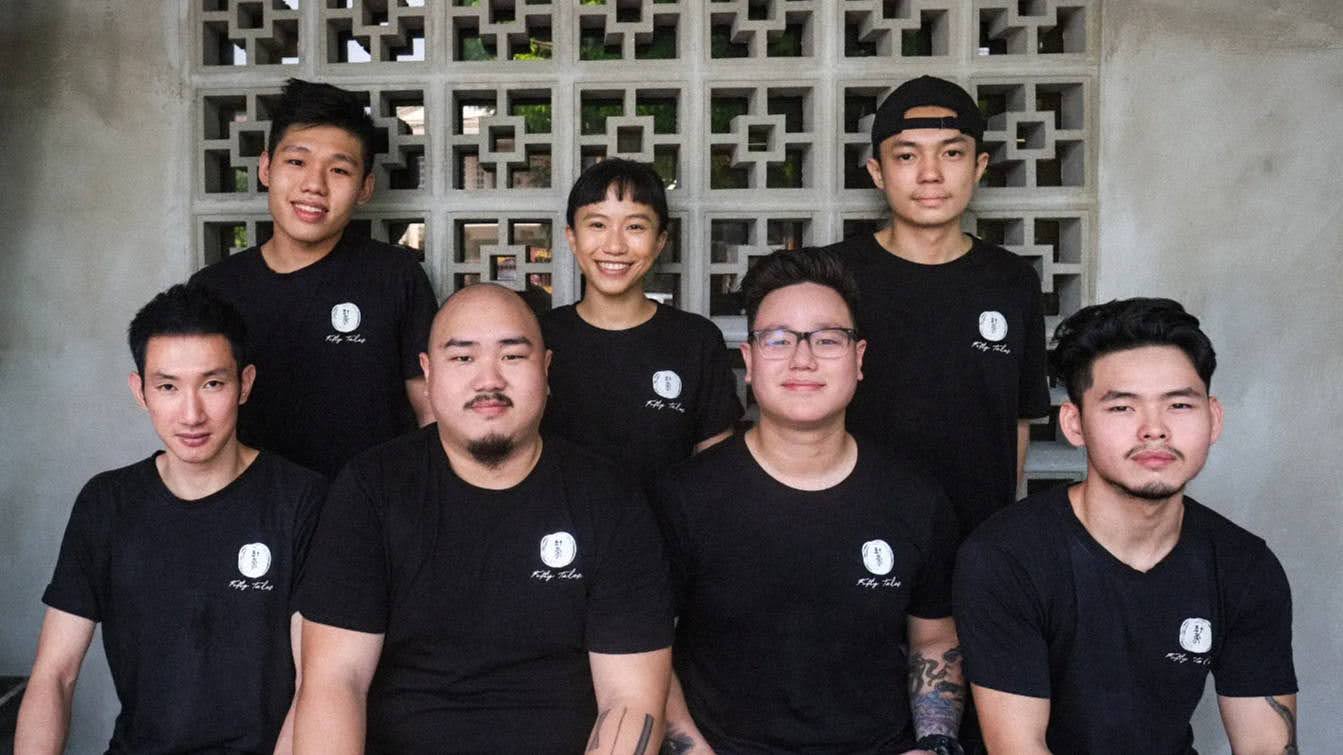
That focus translates to a menu that feels both familiar and distinct. For example, the 50Tales Nyonya Laksa from the lunch menu is a homage to Khor’s family recipe and contains fried baby prawns, grilled bok choy, calamansi, and chicken slices (or beer-braised pork belly as an alternative).
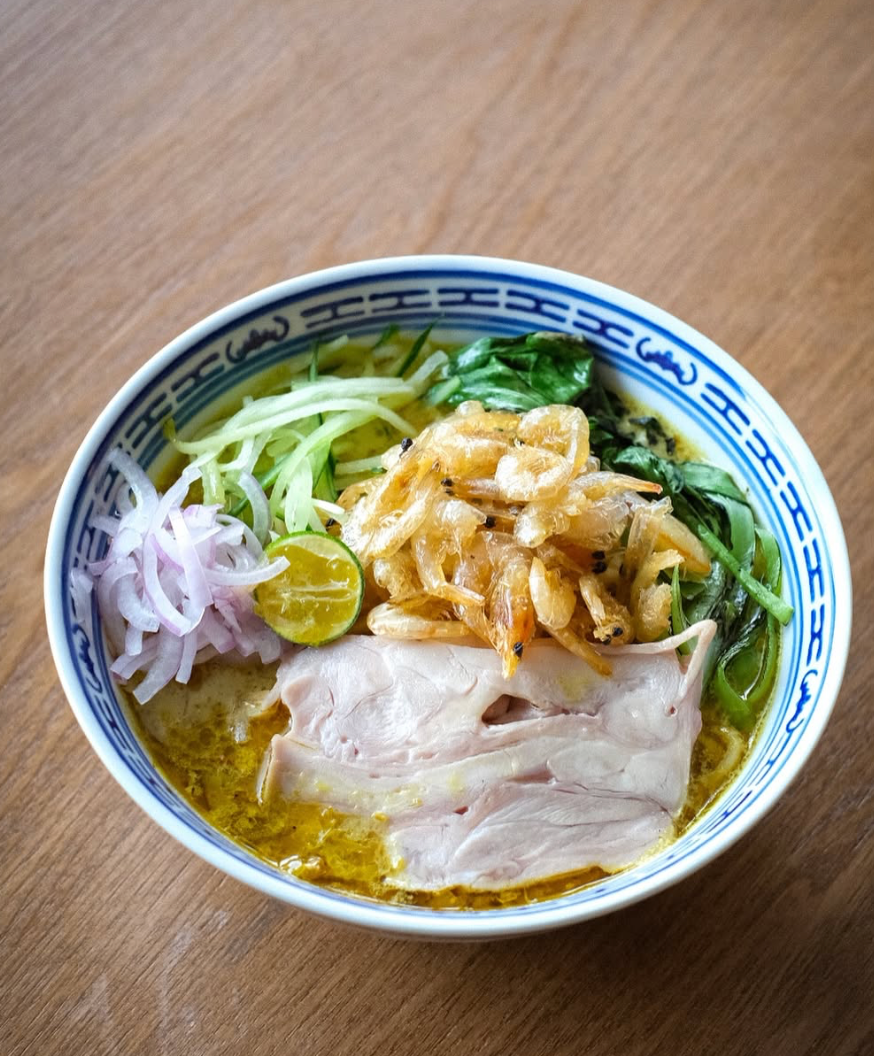
Cooking Up a New Storm
This wave of modern Malaysian Chinese cuisine reflects a broader shift in how heritage food is valued. While preservation remains a priority, the conversation is expanding to more grounded questions like: What if we used local fish the way we treat imported ones? What if we made our own sauces and broths using different techniques?
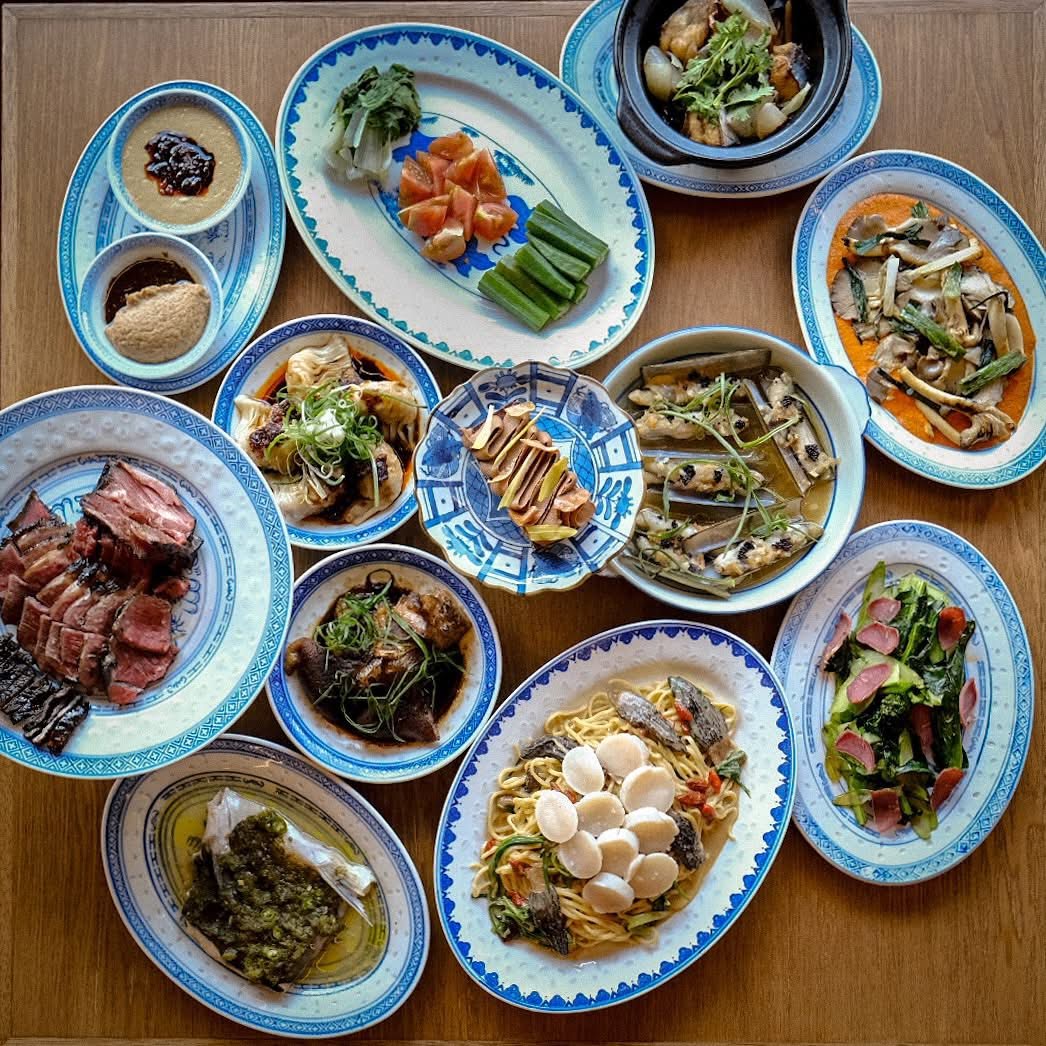
After all, heritage dishes were inherited but rarely questioned — cooked the way they were “supposed to be.” Now, younger chefs are beginning to treat these recipes not as fixed blueprints, but as source material open to reinterpretation and responsive to new techniques and ingredients.
Cover image via Fifty Tales.

